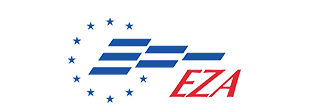After intense negotiations and a notable failure under the Spanish presidency in December 2023, the European Parliament and the Council finally reached a consensus on the platform work directive in February 2024. This new agreement marks a pivotal moment in the regulation of platform economies across Europe, particularly as France and Germany stood apart from the majority, advocating for amendments that were ultimately not adopted. This directive represents a critical development in addressing the unique challenges faced by platform workers.
The directive fortifies the rights of platform workers significantly. Central to its provisions is the introduction of a "rebuttable legal presumption of employment," which shifts the default status of workers to employees rather than independent contractors. This allows workers to access employment protections and benefits unless the platform can prove otherwise. Furthermore, it enforces stricter controls on algorithmic management, ensuring transparency in how work assignments and evaluations are governed by algorithms. Workers are granted the right to a human review of automated decisions, aiming to prevent biases and errors that could affect their livelihoods. These advancements establish a stronger legal framework to protect workers within the evolving digital economy.
Member states now have two years’ time to transpose the content of the directive in national law. While the new provisions sets a robust framework for improving platform workers' rights, their successful implementation will be the next significant challenge. Monitoring and enforcement mechanisms will be crucial in ensuring compliance across member states. Additionally, as the platform economy continues to evolve, further adaptations and regulations may be necessary to keep pace with technological advancements and new working patterns.



